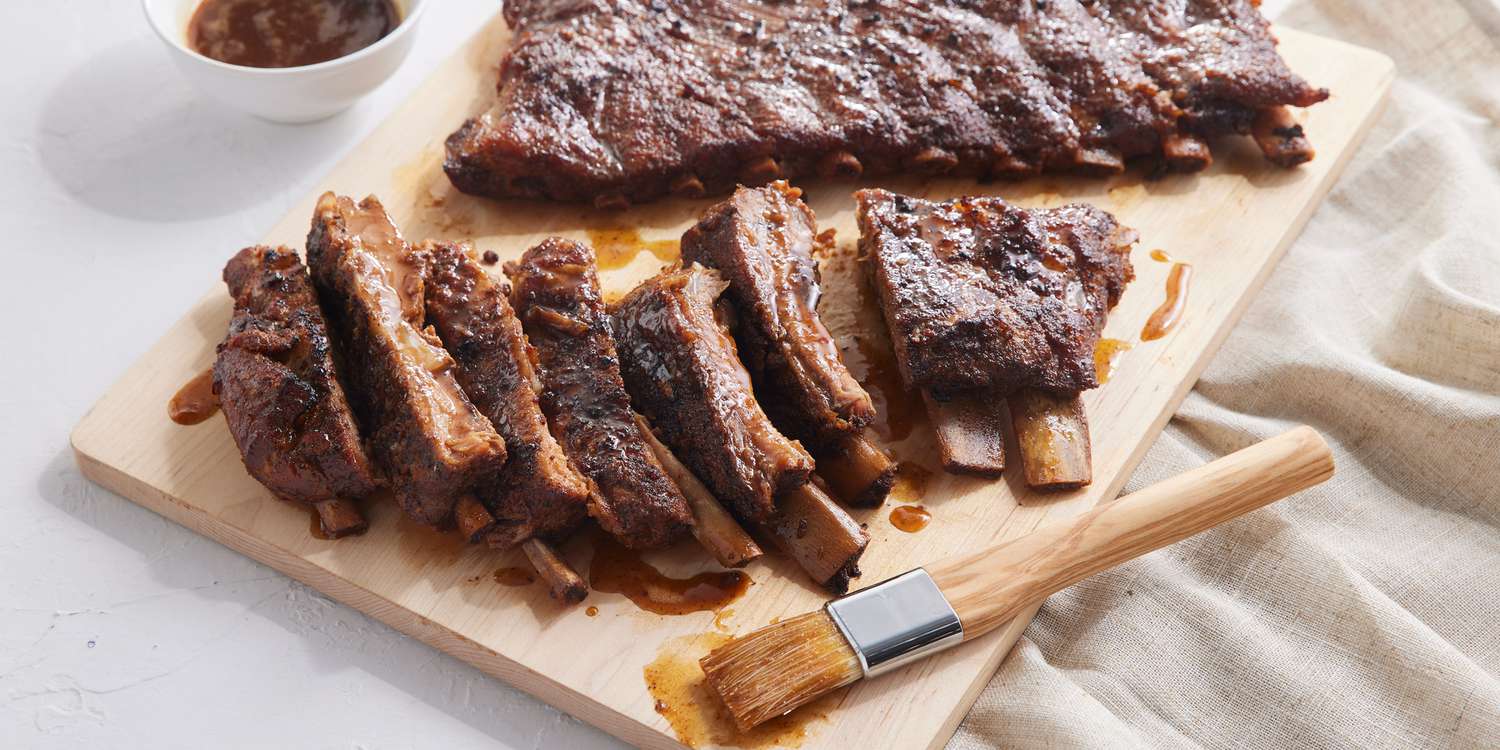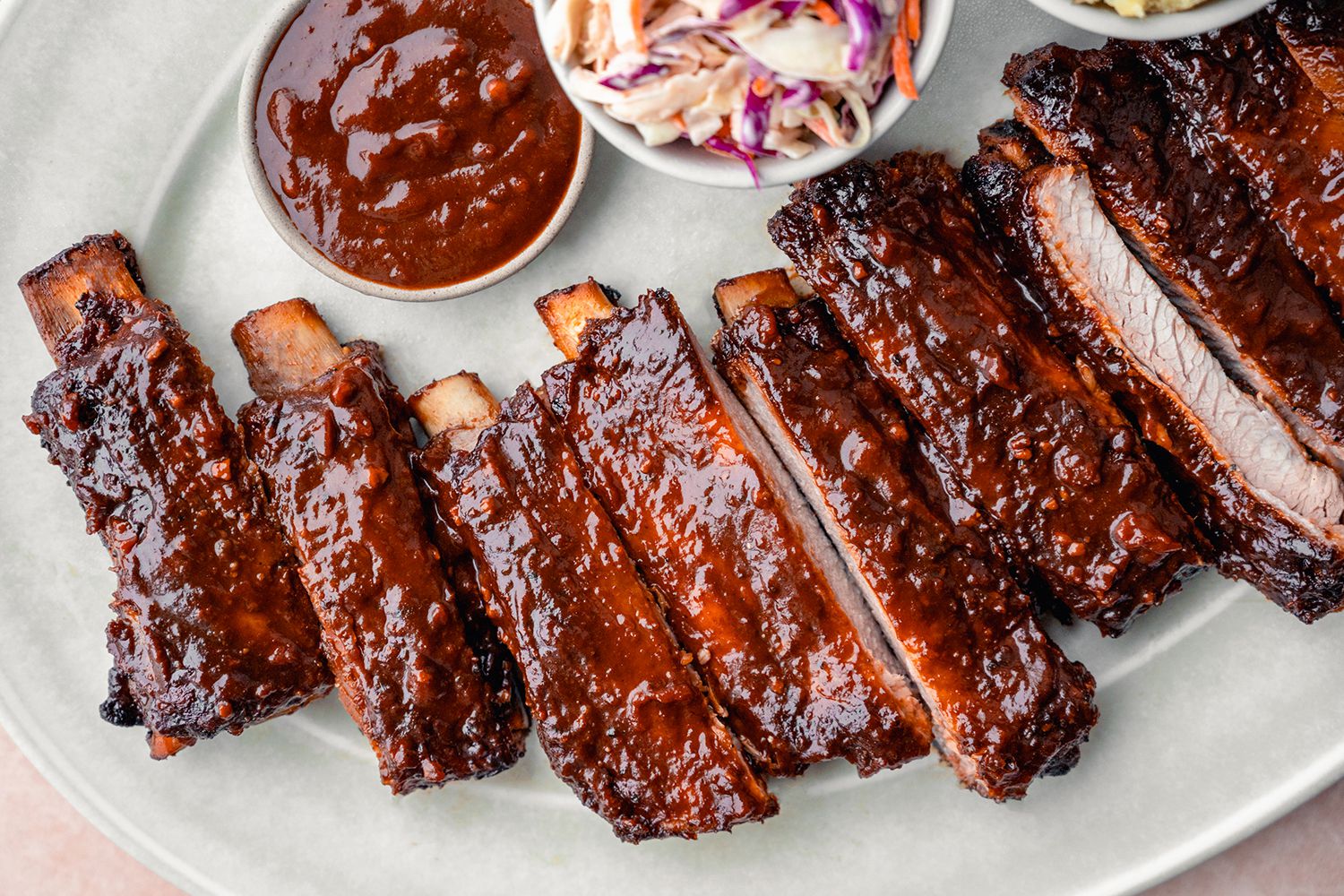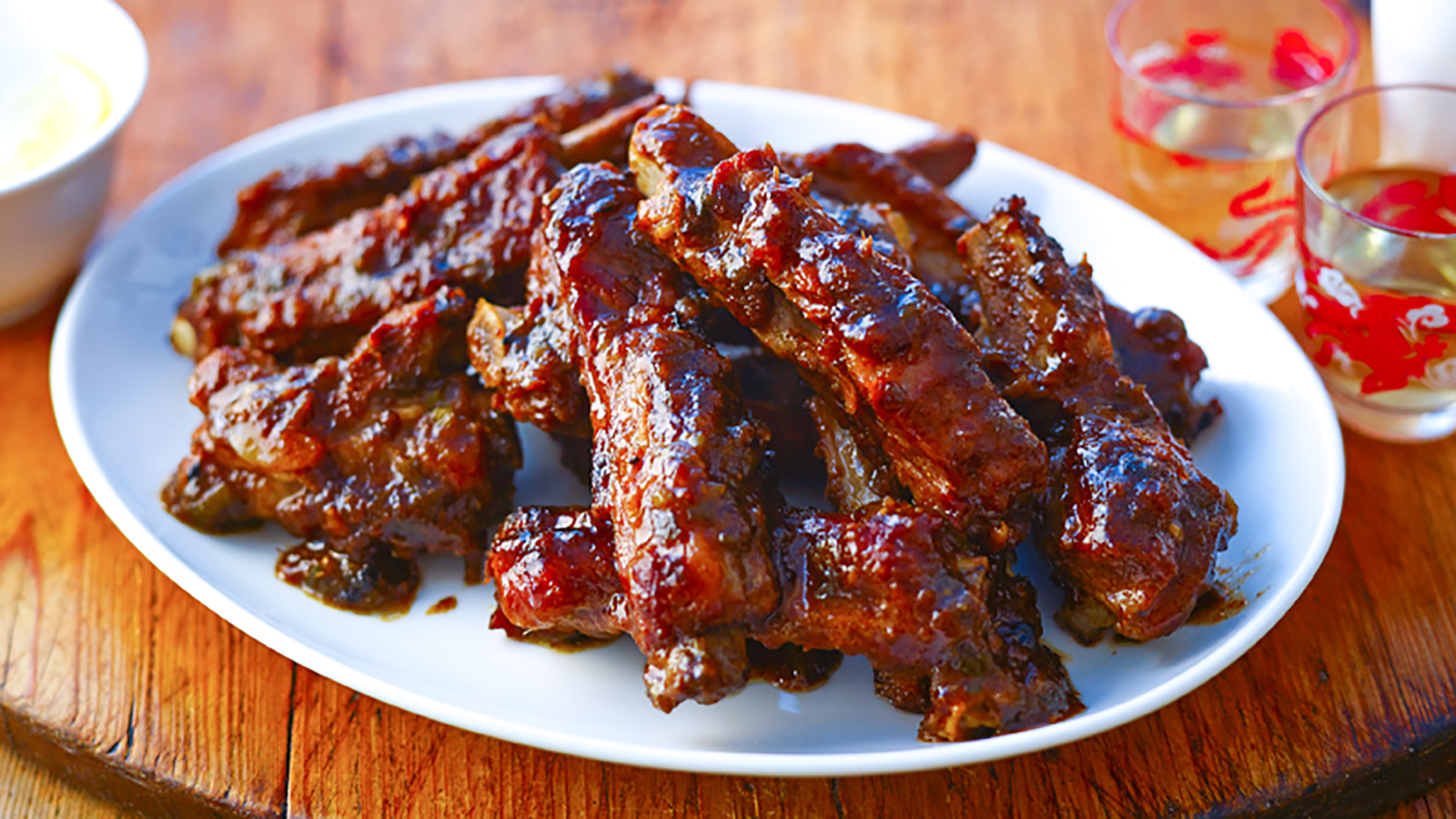Spare ribs are a beloved cut of pork that have found their way into the culinary traditions of many cultures around the world. Known for their rich, succulent meat and versatile flavor profiles, spare ribs are a favorite at barbecues, family gatherings, and festive celebrations. This article delves into the origins, preparation methods, and cultural significance of spare ribs, exploring why they continue to be a cherished dish across the globe.

Origins and History
Spare ribs come from the lower portion of a pig’s ribcage and are renowned for their meaty texture and flavorful fat. Historically, the consumption of ribs dates back to ancient civilizations where every part of the animal was utilized for sustenance and cooking creativity. The term “spare ribs” is believed to have originated from the German word “Rippenspeer,” which translates to “spear ribs,” indicating the traditional method of roasting ribs on a spit or spear.
Preparation Methods
The versatility of spare ribs lies in the myriad ways they can be prepared, each method bringing out unique flavors and textures.
1. Barbecuing
Grilling: Spare ribs can also be grilled over direct heat. This method is faster than traditional barbecuing and results in a charred, crispy exterior while maintaining a juicy interior.
2. BakingOven-Baked Ribs: Baking spare ribs in the oven is a convenient and popular method, especially when outdoor cooking is not an option. The ribs are usually seasoned or marinated, then wrapped in foil to keep them moist, and slow-cooked at a low temperature until tender. Finishing them with a glaze or sauce under the broiler can add a caramelized touch.
3. BraisingChinese-Style Ribs: In Chinese cuisine, spare ribs are often braised, resulting in tender meat that falls off the bone. A popular dish is “Tang Cu Pai Gu” (sweet and sour spare ribs), where the ribs are first fried and then simmered in a sauce made of vinegar, sugar, soy sauce, and aromatics like garlic and ginger.

Cultural Significance
Spare ribs hold a special place in the culinary traditions of many cultures, each bringing their own flavors and cooking techniques.
1. American Barbecue Tradition: In the U.S., spare ribs are synonymous with barbecue culture. Regions like Texas, Memphis, and Kansas City each have their own distinctive styles, from dry-rubbed and smoked to saucy and sweet. Barbecue competitions and festivals celebrate the art of rib cooking, highlighting the dish’s importance in American food culture.
Nutritional Information
Spare ribs, while delicious, are also known for their rich fat content, which contributes to their succulent flavor. They are a good source of protein but should be consumed in moderation due to their high saturated fat content. Cooking methods like baking and grilling can help reduce some of the fat, making them a slightly healthier option compared to frying.
Spare ribs are a versatile and flavorful cut of meat that have earned their place in the culinary traditions of many cultures. Whether barbecued in the American South, braised in China, or roasted in Europe, spare ribs offer a delightful eating experience that brings people together. Their rich history and diverse preparation methods continue to make them a favorite for casual gatherings and festive occasions alike. Enjoyed in moderation, spare ribs remain a testament to the joy of sharing good food with good company
Pros and Cons of Spare Ribs: A Balanced Look at a Popular Delicacy
Spare ribs are a beloved cut of pork that have found their way into the hearts and stomachs of food enthusiasts around the world. Known for their rich, succulent meat and versatile flavor hometogel profiles, spare ribs are a favorite at barbecues, family gatherings, and festive celebrations. However, like any food, they come with both advantages and disadvantages. This article explores the pros and cons of spare ribs, providing a comprehensive view of this popular dish.

Advantages
1. Rich Flavor and Tenderness
- Deep, Succulent Flavor: Spare ribs are renowned for their rich, meaty flavor, which comes from the combination of tender meat and flavorful fat. This makes them incredibly satisfying and a highlight at any meal.
- Versatile Cooking Methods: Whether barbecued, grilled, baked, or braised, ribs can be prepared in a variety of ways that each bring out unique aspects of their flavor. This versatility allows cooks to experiment with different recipes and cooking techniques.
2. Cultural Significance and Enjoyment
- Culinary Tradition: Spare ribs play a significant role in various culinary traditions around the world. From American barbecue to Chinese sweet and sour ribs, they are an integral part of many cultural cuisines, bringing people together to enjoy shared meals.
- Festive Appeal: ribs are often associated with celebrations and special occasions. Their presence at barbecues, family gatherings, and festive meals adds to the joy and festivity of the event, making them a favorite for communal dining.
3. Nutritional Benefits
- Protein-Rich: Spare ribs are a good source of high-quality protein, essential for muscle building and repair. This makes them a valuable addition to a balanced diet when consumed in moderation.
- Vitamin and Mineral Content: Pork ribs contain essential vitamins and minerals, including B vitamins (such as B12 and niacin), zinc, and iron, which are important for maintaining overall health and well-being.
Disadvantages
1. High Caloric and Fat Content
- High in Calories: Due to their rich fat content, ribs are high in calories. This can be a concern for those monitoring their caloric intake or trying to maintain a healthy weight.
- High in Saturated Fat: Spare ribs contain a significant amount of saturated fat, which can contribute to elevated cholesterol levels and increase the risk of heart disease if consumed in excess. This makes it important to enjoy ribs in moderation and balance them with healthier food choices.
2. Preparation Time and Complexity
- Time-Consuming Preparation: Cooking spare ribs, especially methods like slow barbecuing or braising, can be time-consuming. This may deter people who are looking for quick and easy meal options, limiting the occasions when spare ribs can be enjoyed.
- Skill Requirement: Achieving the perfect balance of tenderness and flavor in ribs requires skill and experience. Novice cooks may find it challenging to master the cooking techniques needed to make the ribs tender and flavorful without overcooking or undercooking them.
3. Cost and Accessibility
- Cost of Ingredients: High-quality spare ribs and the ingredients for marinades and sauces can be expensive, making them less accessible for those on a tight budget. This can limit the frequency with which they can be included in meals.
- Availability: Depending on the region, ribs may not always be readily available. In some areas, finding good-quality pork ribs might require visiting specialty butchers or markets, which can be inconvenient.
Conclusion
Spare ribs are a delicious and culturally significant dish that offers a rich, satisfying flavor and a versatile range of preparation methods. They are perfect for celebrations and communal dining, bringing people together with their festive appeal. However, they also come with considerations such as high caloric and fat content, preparation time, and cost.
To enjoy ribs responsibly, it is important to balance their consumption with healthier dietary choices and be mindful of portion sizes. By doing so, one can savor the delightful taste of ribs while maintaining a balanced and healthy lifestyle. Whether enjoyed at a barbecue, a family gathering, or a festive meal, spare ribs continue to be a beloved dish that transcends cultural boundaries and brings joy to diners around the world.
Read More Article About “Offline Activities: Building Meaningful Connections Person”